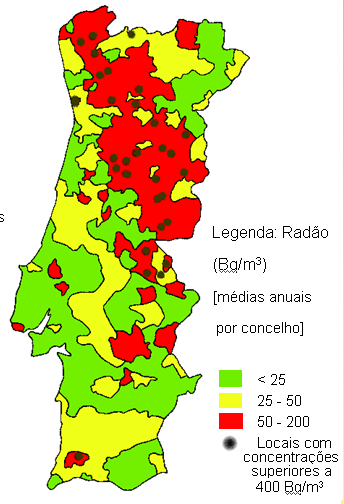Healthy Houses with Solar Heating
Healthy indoor climate
Well insulated modern homes help create a good indoor temperature as well as save on energy
bills, although this is not always entirely good for your health ...
Gone are the days of natural ventilation through numerous small leakages in our houses.
The duly insulated houses are impermeable, which prevents the renovation of the air, creating
walls and ceilings that act as barriers of humidity.
These barriers prevent outside moisture from entering the house, but at the same time, prevent
internal moisture from leaving the house.
This problem is reflected in the condensation inside the glass and reflects a clear sign of a bad
indoor climate.
bills, although this is not always entirely good for your health ...
Gone are the days of natural ventilation through numerous small leakages in our houses.
The duly insulated houses are impermeable, which prevents the renovation of the air, creating
walls and ceilings that act as barriers of humidity.
These barriers prevent outside moisture from entering the house, but at the same time, prevent
internal moisture from leaving the house.
This problem is reflected in the condensation inside the glass and reflects a clear sign of a bad
indoor climate.
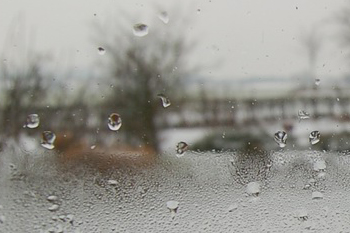
Humidity Elimination
For health reasons, it's important to maintain a proper humidity level in your home.
While a low humidity can cause some discomfort problems such as chapped lips as well as
cracks in wooden furniture, the reverse of the coin of too much moisture can make your home a
fertile ground for mold and mildew, which can lead to serious health problems.
Some homes may have moisture problems only at certain times of the year, such as in the
spring when there is too much ground water runoff, while other homes need help to control
humidity levels throughout all the year.
There are also times when moisture is a problem only in one room or area of the home and
though small, this should not be neglected.
Typically we see high humidity levels in basements.
Solar-heated hot air from a SolarVenti® led to the wet room will result in the elimination of moist
air; in some cases, the system requires a exit ventilation hole to transport moist air out of the
room / house.
SolarVenti® panels are the best solution and the most economical way to combat moisture.
While a low humidity can cause some discomfort problems such as chapped lips as well as
cracks in wooden furniture, the reverse of the coin of too much moisture can make your home a
fertile ground for mold and mildew, which can lead to serious health problems.
Some homes may have moisture problems only at certain times of the year, such as in the
spring when there is too much ground water runoff, while other homes need help to control
humidity levels throughout all the year.
There are also times when moisture is a problem only in one room or area of the home and
though small, this should not be neglected.
Typically we see high humidity levels in basements.
Solar-heated hot air from a SolarVenti® led to the wet room will result in the elimination of moist
air; in some cases, the system requires a exit ventilation hole to transport moist air out of the
room / house.
SolarVenti® panels are the best solution and the most economical way to combat moisture.
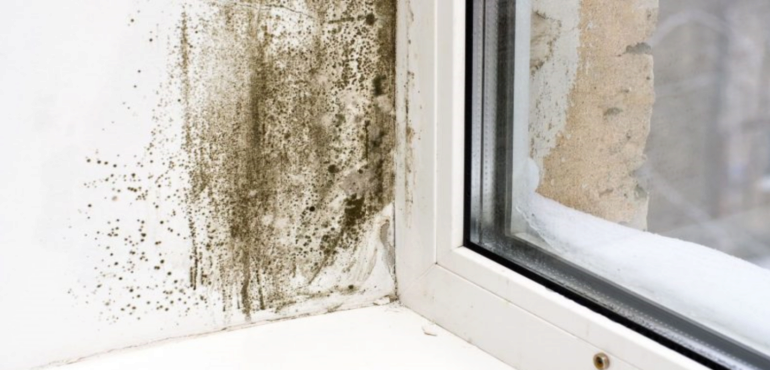
Ventilation Lags Behind
Most new homes are thought to ensure a healthy indoor climate through ventilation through
fresh air intake ducts.
However, the air renewal supply of many buildings, has not been dimensioned to meet the
actual needs of modern homes.
This causes a bad indoor climate, and in serious cases it may involve health risks, due to dry rot
in the walls and structure of the building.
fresh air intake ducts.
However, the air renewal supply of many buildings, has not been dimensioned to meet the
actual needs of modern homes.
This causes a bad indoor climate, and in serious cases it may involve health risks, due to dry rot
in the walls and structure of the building.
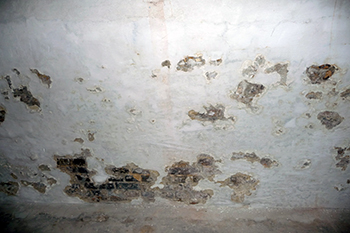
Lumpy sugar and stale air
Avoid lumpy sugar with SolarVenti
Especially in houses and apartments left unused for longer parts of a year, are particularly
exposed in terms of damaging humidity outside most of the holiday season.
The relatively low temperature (through closed doors and windows) makes the houses more
exposed to humidity and a polluted climate inside.
Typical signs to look for are stale air and lumps in the sugar bowl when the house is being
visited during weekends or opened for the season.
The typical signs to look for are smell of moisture, mold and a sign as simple as the formation of
lumps in sugar bowl, when the house is used only on weekends or opened for the season.
Especially in houses and apartments left unused for longer parts of a year, are particularly
exposed in terms of damaging humidity outside most of the holiday season.
The relatively low temperature (through closed doors and windows) makes the houses more
exposed to humidity and a polluted climate inside.
Typical signs to look for are stale air and lumps in the sugar bowl when the house is being
visited during weekends or opened for the season.
The typical signs to look for are smell of moisture, mold and a sign as simple as the formation of
lumps in sugar bowl, when the house is used only on weekends or opened for the season.
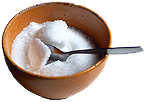
Radon Gas Elimination
Radon is a radioactive gas, we can not see, smell or taste it.
Special equipment is needed to detect it. It comes from rocks and dirt that are found throughout the country.
The level of radon in the air we breathe is very low, but it can be higher inside the buildings.
High levels of radon can cause lung cancer, particularly for smokers and ex-smokers.
Radon produces small radioactive particles in the air we breathe. The radiation of these
particles damages our lung tissue and, for an extended period, can cause cancer.
of the lung. The higher the level and the longer the exposure period, the greater the risk.
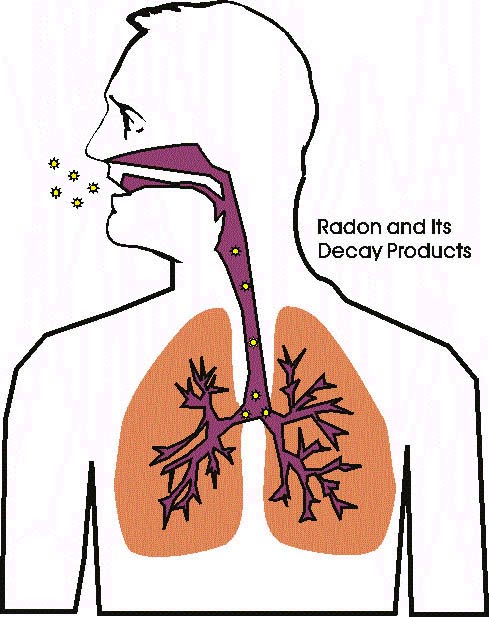
Randon In Portugal
For more information on radon gas, we recommend that you visit these links below:
Randon at Wikipedia
Environmental Radioactivity Group
Randon at Wikipedia
Environmental Radioactivity Group
You can check the concentration of Radon in Portugal by clicking on this image:
You can check Radon concentration around the world by clicking here!
You can check Radon concentration around the world by clicking here!
